Wait...are those Rostyles? If they indeed are, I've never seen that model in anything but the 5x205mm PCD spec'd for South African VW Beetles in the '70s. The Rostyle wheels used on Rovers are similar, but the spokes don't stand as proud of the rest of the wheel face, and they're not concave.
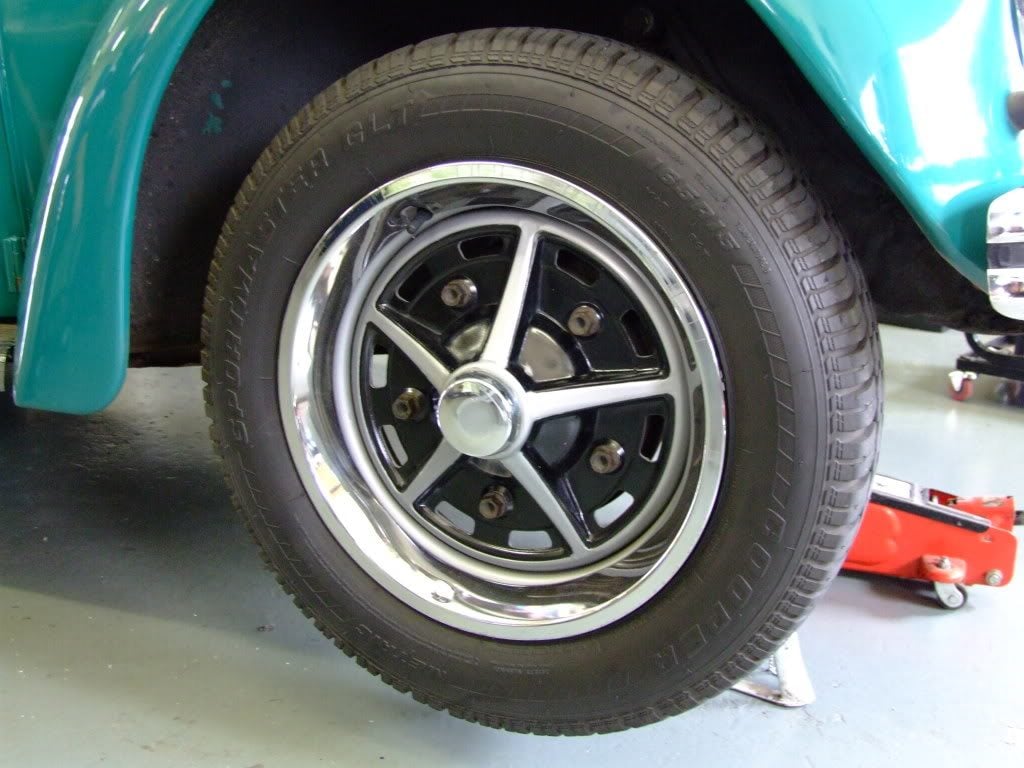
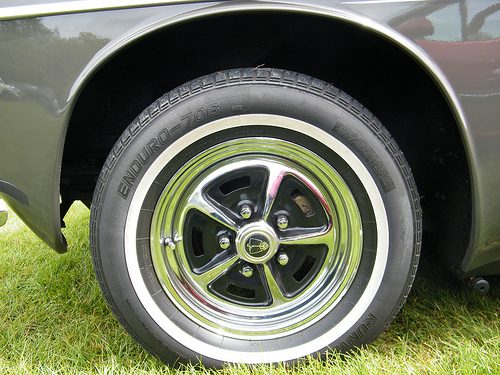
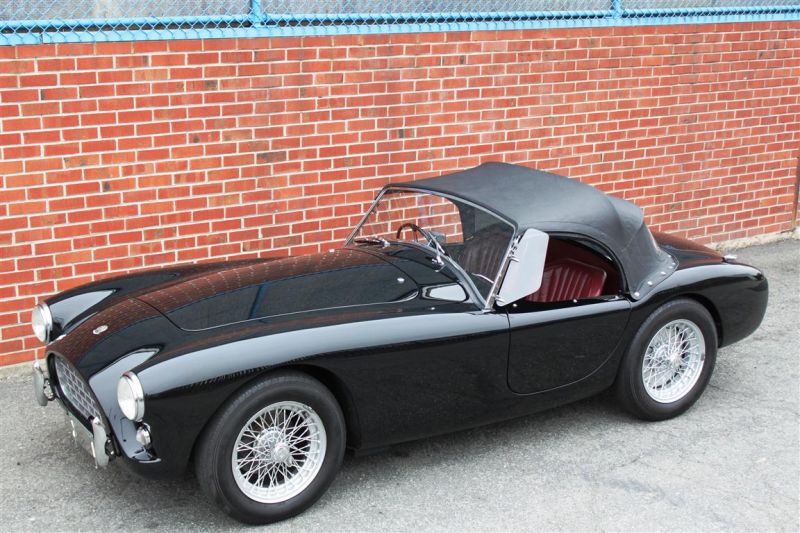
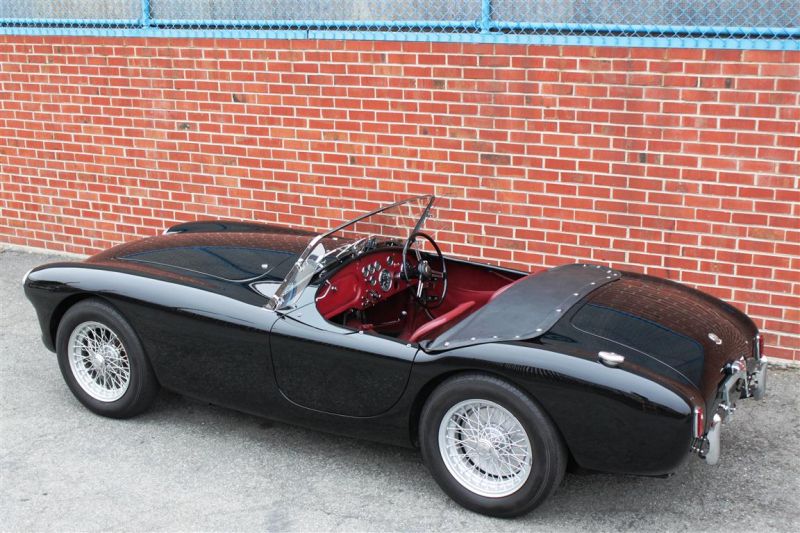

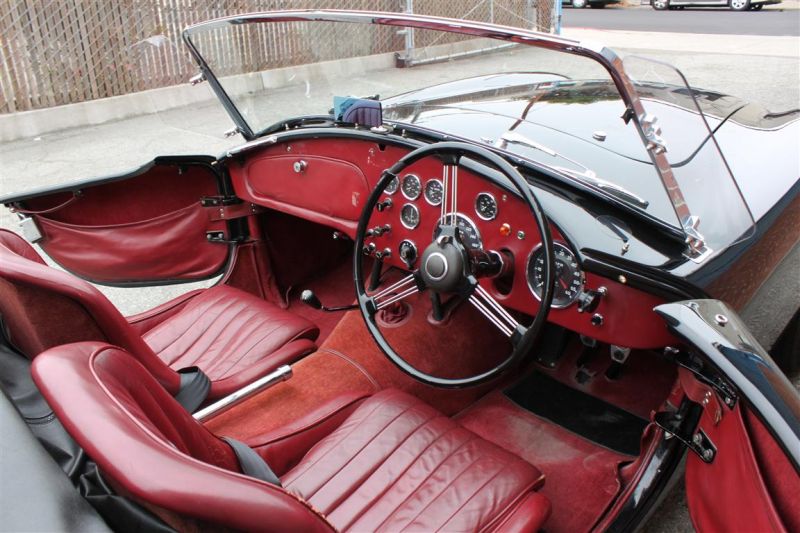
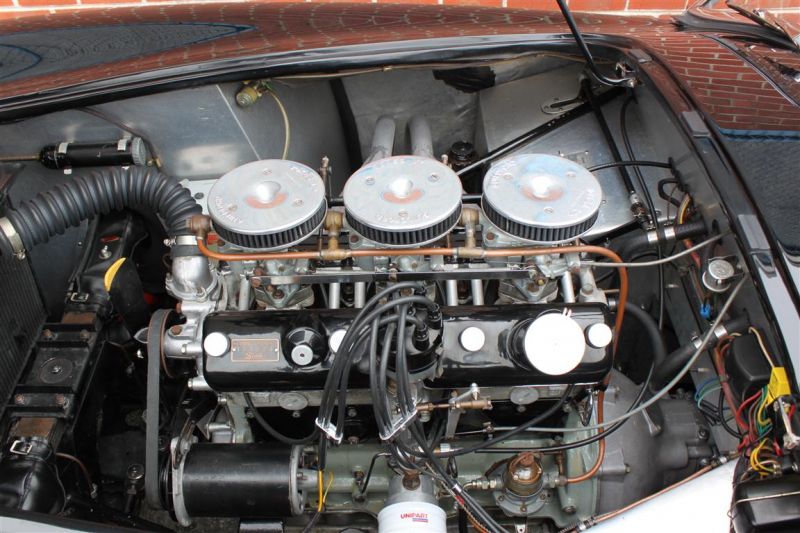
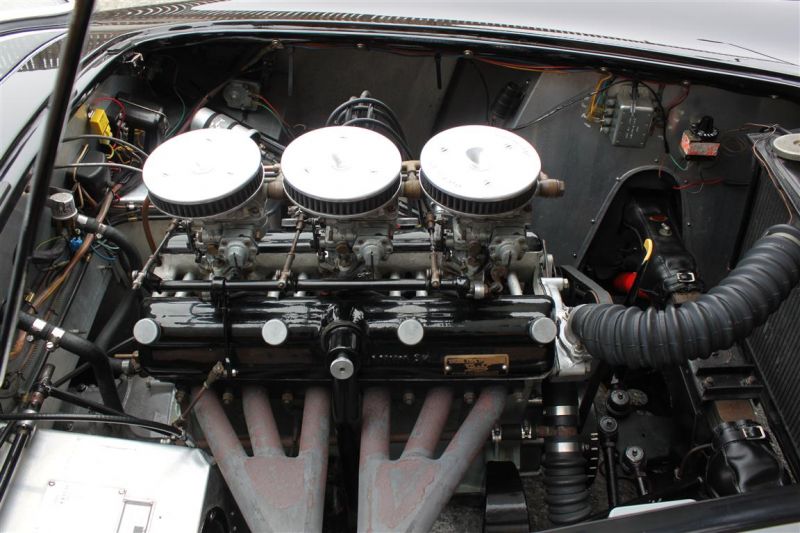


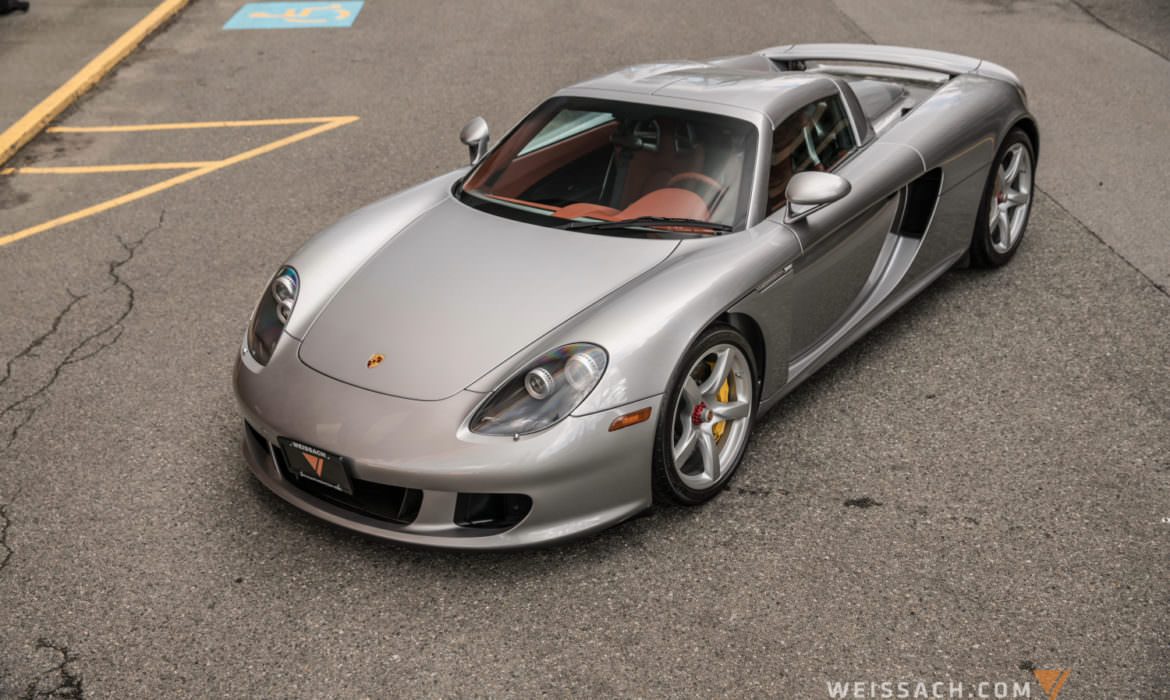







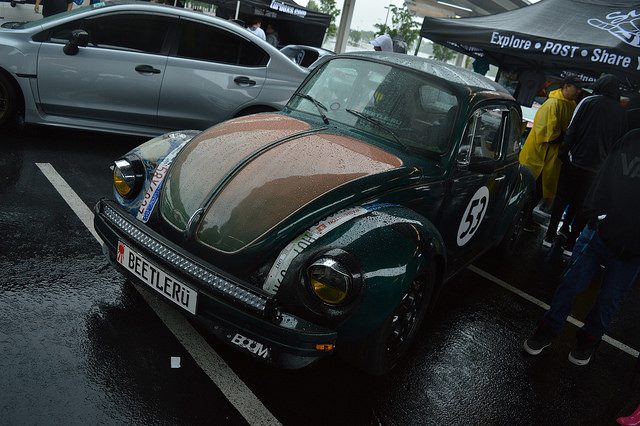

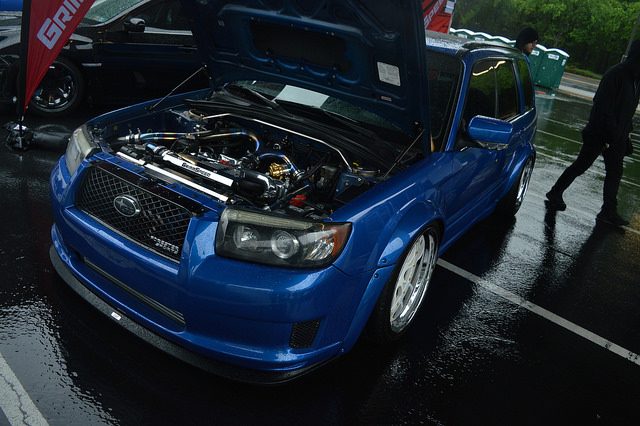

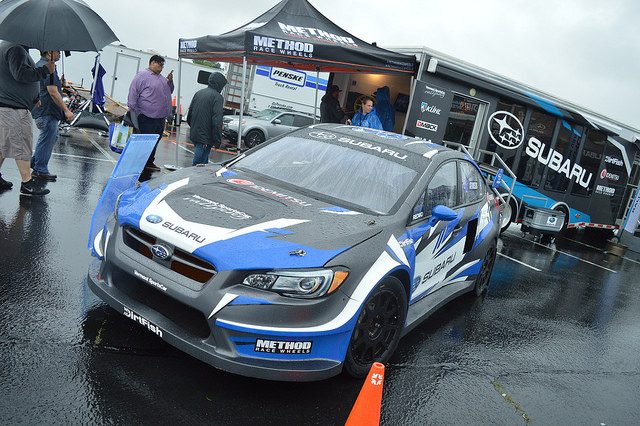

Subaru show? Terrible weather? Checks out.Another opportunity to showcase my own pictures:
And all of that engineering was undermined by Lucas electrics1959 AC Ace-Bristol






That engine is a masterpiece.
Half-inched from a prewar BMW 328 (not to be confused with a late model 328i), the two-liter OHV inline 6 designated as the "100D" (or "100D2" in the case of later cars) handily snorted out 120bhp--20 over the previous AC-sourced engine.
Keen eyes may note the dual rocker covers with carburettors in the vee and wonder: "OHV inline 6?" Featuring hemispherical combustion chambers with valves opposed to each other at a rather wide angle, the German engineers devised an unusual method of actuation that directed vertical movement of the primary pushrods in the block by way of tertiary rocker arms in the intake half of the assembly acting on horizontal secondary pushrods crossing over to the exhaust half of the assembly through tubes in the vee. These tubes can be seen in front of and behind the carburettors in a 1-2-2-1 arrangement (best seen in the first of the two engine shots). It's probably one of the more unusual "conventional" engines.
Edit: Nagged by concerns that I wasn't sufficiently describing the uniqueness of this engine, I went on a hunt for images that might do a better job.
Here, a bare BMW 328 head adorned only with rocker shaft bearing caps (the black things). Note the three siamesed intake ports to feed the intake side of the head, as well as the six secondary pushrod tubes.
View attachment 737217
Here, an early 100D (springs on rocker shaft to maintain rockers' linear position, and captive brass threads for carburettor mounting instead of slots as on the BMW head) with complete upper assembly sans carbs and rocker covers. Note vertical primary pushrods on the right hand side and horizontal secondary pushrods within tubes and exposed on the left.
View attachment 737218
Here, the exhaust rocker assembly of a 100D2 (nylon collars on rocker shaft for rocker arm locating) with secondary pushrods visible. This shot illustrates just how far wide the valves are positioned, with the valvesprings clearly visible. Carbs are in place and plumbed, featuring aftermarket velocity stacks.
View attachment 737219
Here, a BMW 328 head as used by Frazer-Nash depicting the hemispherical combustion chambers.
View attachment 737220
I hope this clears up any confusion caused by my description.
These engines display desmodromic levels of complexity. (Those familiar with Ducati motorcycles and/or mid-century Mercedes-Benz racing engines are the only ones likely to get that bad joke.)


I (used to if my parents have binned it) have an old issue of European Car magazine comparing the CGT, Zonda, Murcielago, and MC12, and even at the time the CGT was picked out as a classically great-looking car and I have to agree. It doesn't have the most visual impact of the others but it's more classically pretty, which generally means it ages better. And, as you point out, it has!The Carrera GT has aged ****ing awesomely.


Ugh I miss this time period of car design. Cohesive, pure, graceful, lithe, lusty.
Not what I meant, but okay.Subaru show? Terrible weather? Checks out.
Indeed, Lucas was the olive on the top of many a sundae.And all of that engineering was undermined by Lucas electrics
Another opportunity to showcase my own pictures:












Yup, Boxerfest. Anyway, I'm not sure as I honestly never heard of that company before.Boxerfest, right? Any cars there from All Aspects down in Chesapeake VA that you knew of, or did they not go?
Yup, Boxerfest. Anyway, I'm not sure as I honestly never heard of that company before.
Yeah, I can't say it rings a bell. Sorry, I've seen a bunch of bug-eye Imprezas in WR blue there, so it may have slipped under my radar if it was there. Especially since was raining and thus not many people bothered popping their hoods open.Twin turbo STi. Probably what they're most known for right now. Although now that I think about it, depending on when Boxerfest was, they probably decided to be at Springfest instead.